Although human aspects—innovation, interpersonal relationships, loyalty, trust, vision—remain central to business success, the impact of technological advances cannot be discounted. The technologies cited here have brought dramatic change to the way the world does business. They make possible greater efficiency, enhanced security, deeper insights into behaviors and markets, new ways of visualizing concepts and products, and a host of other advantages for companies competing in an ever more complex global marketplace. They may have been unimaginable a few years ago, but it’s impossible to imagine global business without them now.
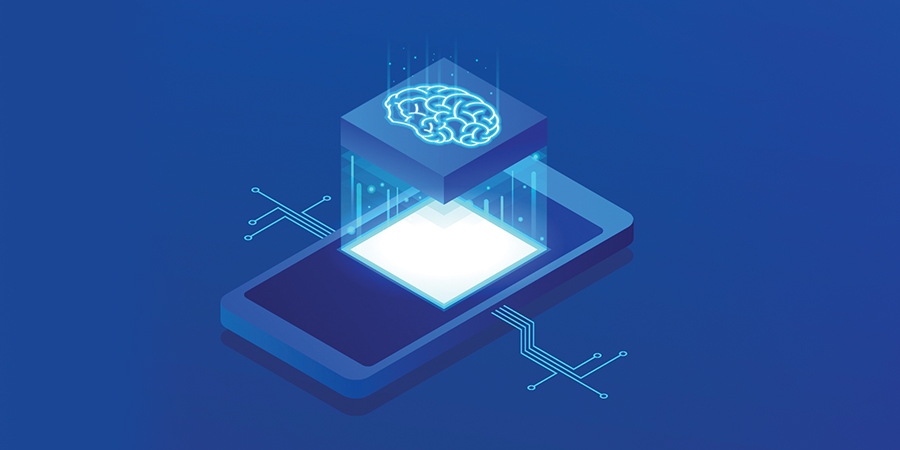
Artificial Intelligence (AI)
Artificial intelligence, or AI, technology performs tasks that normally require human intelligence, but with incomprehensible speed and accuracy. Its enormous growth is the ultimate disrupter in global business. Among AI’s capacities are decision-making, speech recognition, visual perception, deep learning, problem-solving, and a whole realm of innovations just on the horizon. It continues to transform the way business is done around the world. There has been speculation that AI’s potentially exponential growth will lead to singularity, in which artificial intelligence advances to the level of human intelligence—or beyond it.
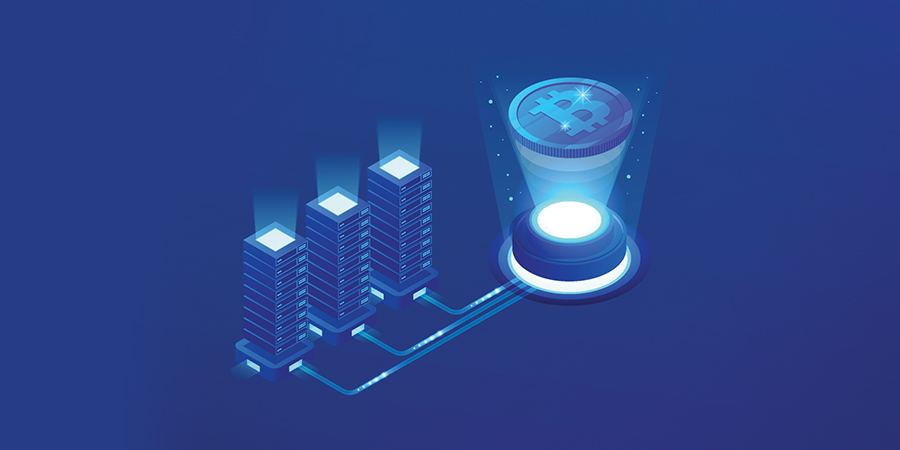
Blockchain
Blockchain technology is a digital means of exchanging value—money, data, goods, and services. The digital cryptocurrency Bitcoin is the most commonly known example of Blockchain use, but the technology’s scope reaches much further, creating an immutable public ledger. Each transaction made in Blockchain is encoded into a uniquely signed block of digital data. That block is connected to the one before it, and the next block of data is attached behind that one, creating an irreversible chain in which no block can be altered or moved from its initial position.
It is seen as an improvement of traditional methods of exchange because it is distributed through a shared system of record among businesses, with no need for separate ledgers. Validated transactions are permanently recorded, meaning there’s no possibility of deletion or alteration. And it’s permission-based, with each network member allowed access privileges and information shared only on a need-to-know basis.
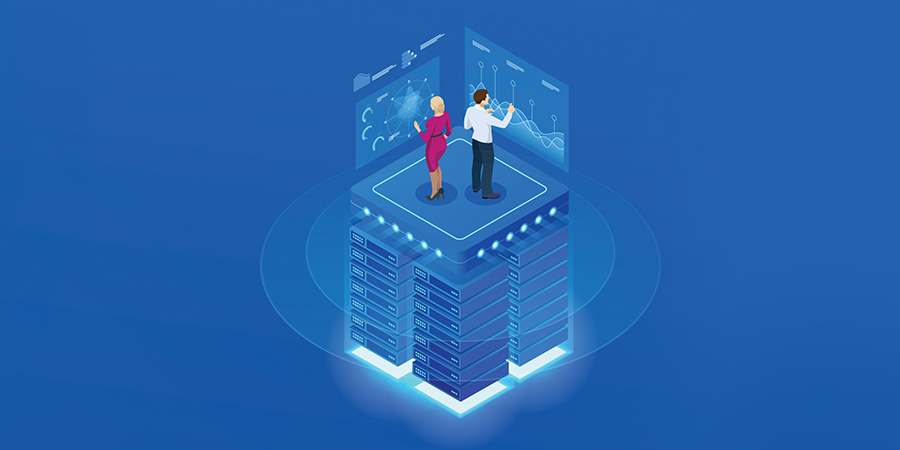
Big Data Analytics
Big data analytics refers to the strategy of analyzing large volumes of data gathered from social networks, digital images, sales transactions, sensors, and a growing number of sources. Once analyzed, this data is run through sophisticated software that presents patterns and connections, providing insights about the people—consumers—who generated the content. This tech enables businesses to get an edge on competitors.
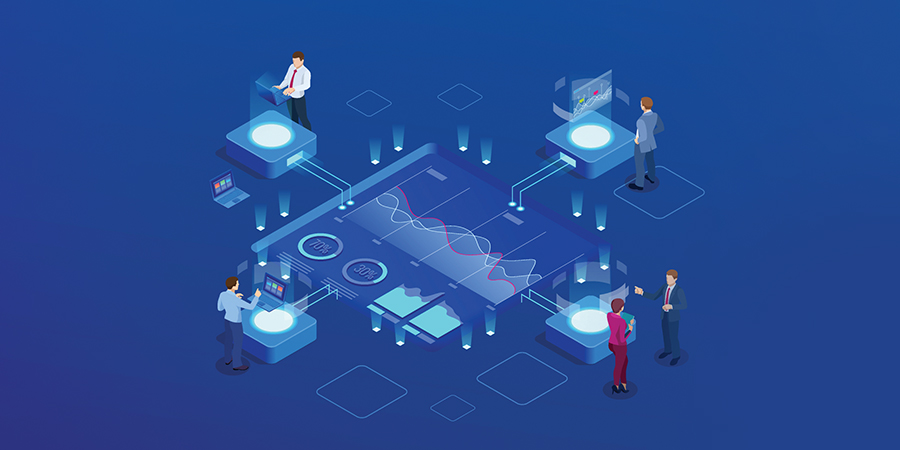
MartecH/AdtecH
Martech describes the way marketing is now inextricably linked to technology. Chief marketing officers work closely with chief information officers to use analysis platforms and other digital resources to reach highly defined target markets. Similarly, adtech refers to complex systems that rely on big data analytics to present highly personalized advertising to individuals and niche audiences.

Virtual Reality
Virtual reality, or VR, creates immersive computer-generated “realities” that simulate a person’s physical presence into a specific, controllable environment in which the user sees life-sized images. The system that runs the virtual environment tracks and reacts to the user’s eye and head movements. While VR is popular within the video gaming community and is often seen as a form of amusement, it has real-life benefits in multiple fields, including healthcare.
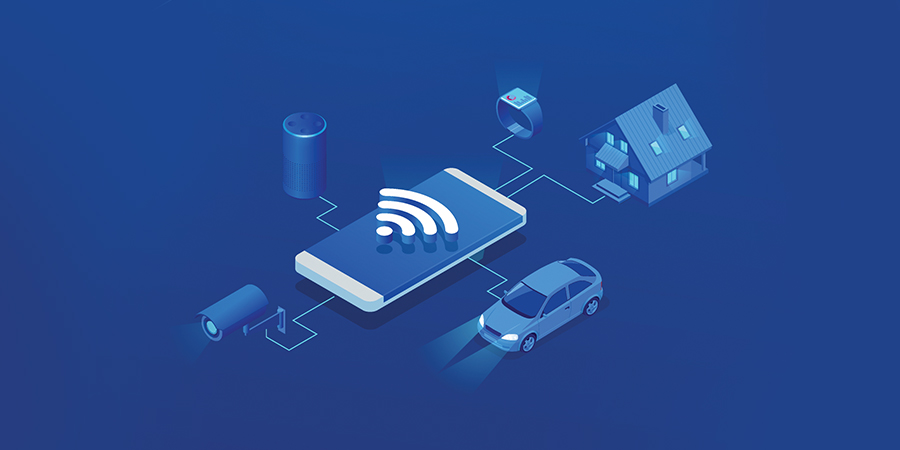
The Internet of Things
The internet of things (IoT) allows for the connection of multiple electronic physical objects to the internet. The objects, such as smart appliances, can identify themselves to other connected objects. The method of communication among these objects is most often radio frequency identification, or RFID. The connected objects work in unison, sharing what is known as “ambient intelligence.”
Digital innovation expert Kevin Ashton is often attributed as the first user of the IoT. Ashton explained the concept back in 1999 in the RFID Journal:
“If we had computers that knew everything there was to know about things—using data they gathered without any help from us—we would be able to track and count everything, and greatly reduce waste, loss and cost. We would know when things needed replacing, repairing or recalling, and whether they were fresh or past their best.”

